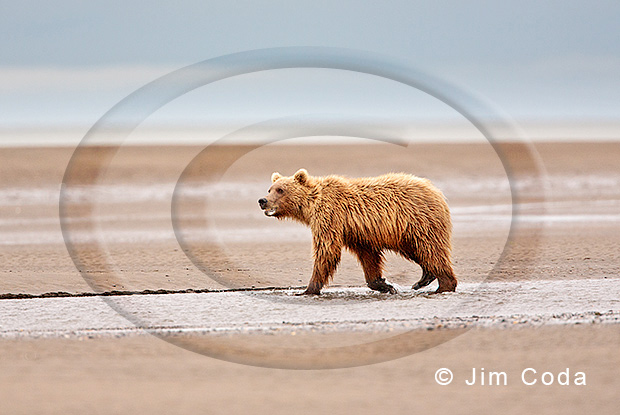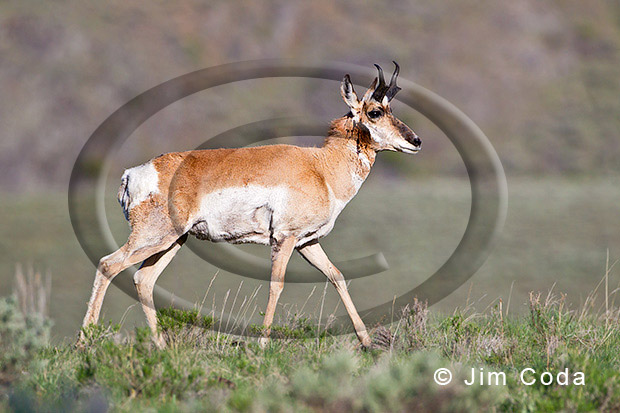Ever-Protective Mother Bears, Lake Clark National Park
In the last post I showed a mother brown bear who I said looked concerned. I had reason to think she looked concerned because of what I saw outside the frame of the image. She and her cub were being followed by a boar. Here’s a photo of her cub. It doesn’t look the least concerned. In fact, it looks happy or at least content.
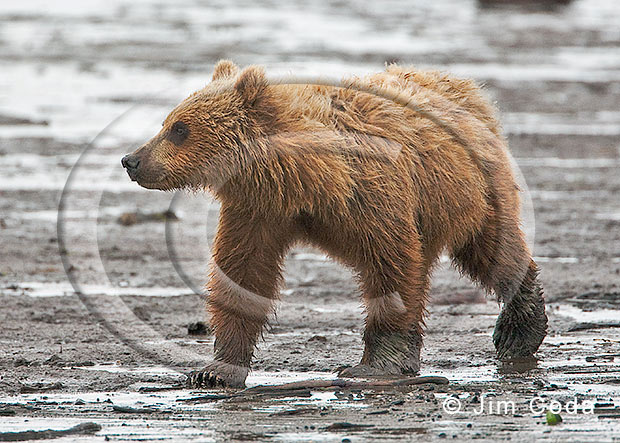
Mom is getting increasingly concerned though. The male bear has gained some ground on them thanks to the cub’s dawdling. She’s starting to foam at the mouth which bears do when they get agitated.
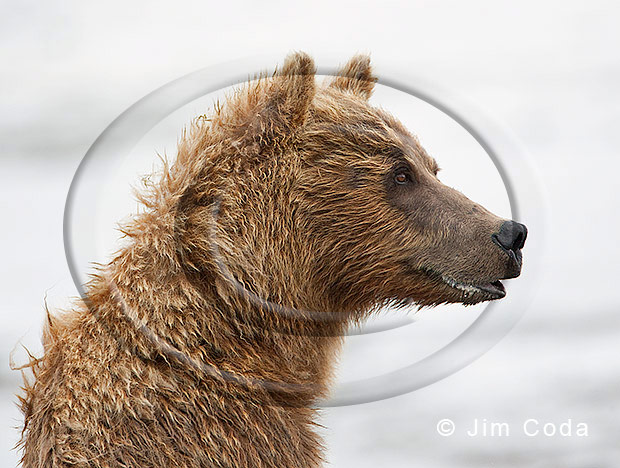
The cub sees that mom is looking a bit agitated so it looks around to see what’s going on. It doesn’t like what it sees.

At this point mom decided a stroll along the beach wasn’t a good idea and she and her cub picked up the pace and headed inland. Fortunately, the boar didn’t follow them.
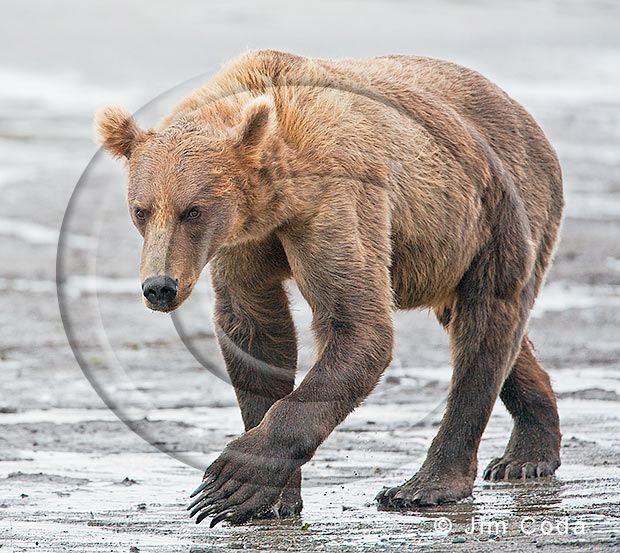
This guy wasn’t the biggest boar I saw at Silver Salmon Creek, but he’s still pretty muscular. I wouldn’t want him following me. In human terms I’d guess him to be about a 16 to 18 year teenager. He still has that kind of “dog-like” head. It will get much wider. Also, note how short his coat is compared to mom and her cub. These photos were taken the last week in July. By then the males have lost most or all of their winter coats.

